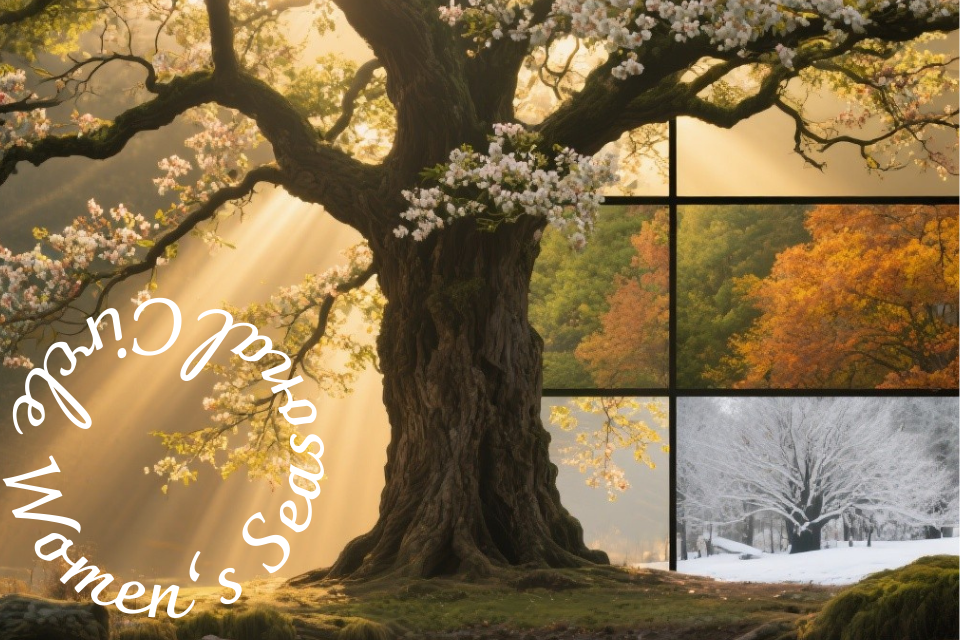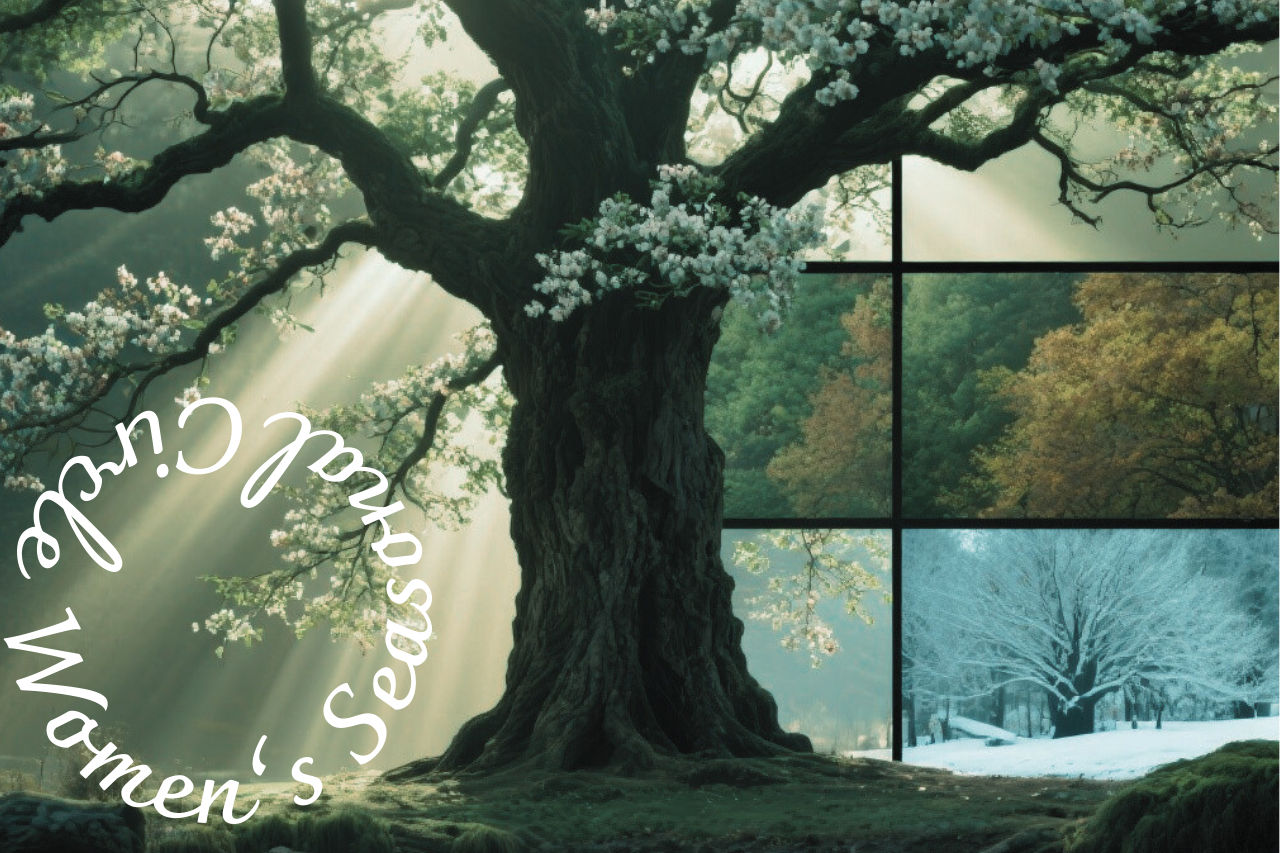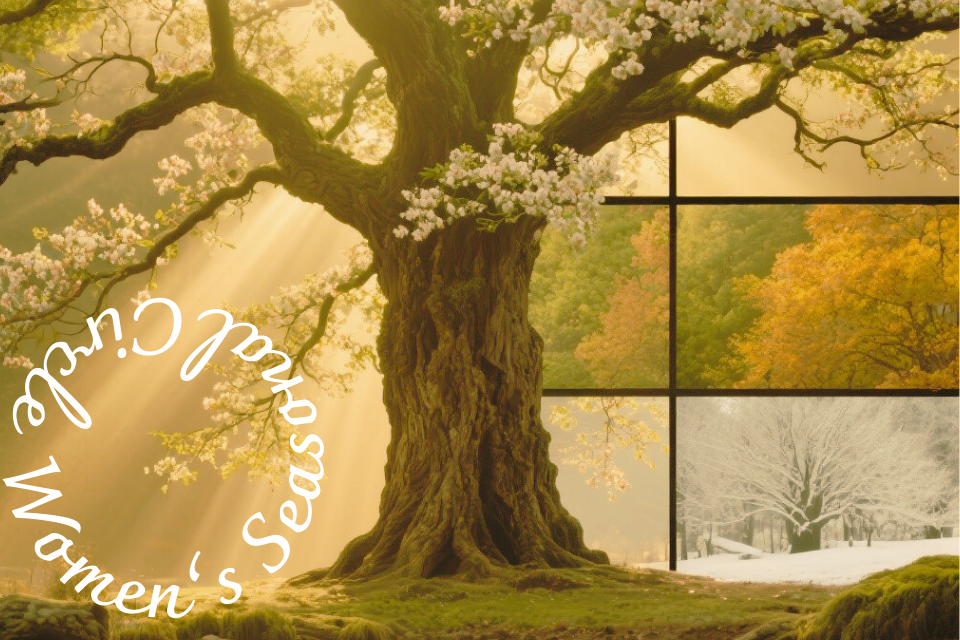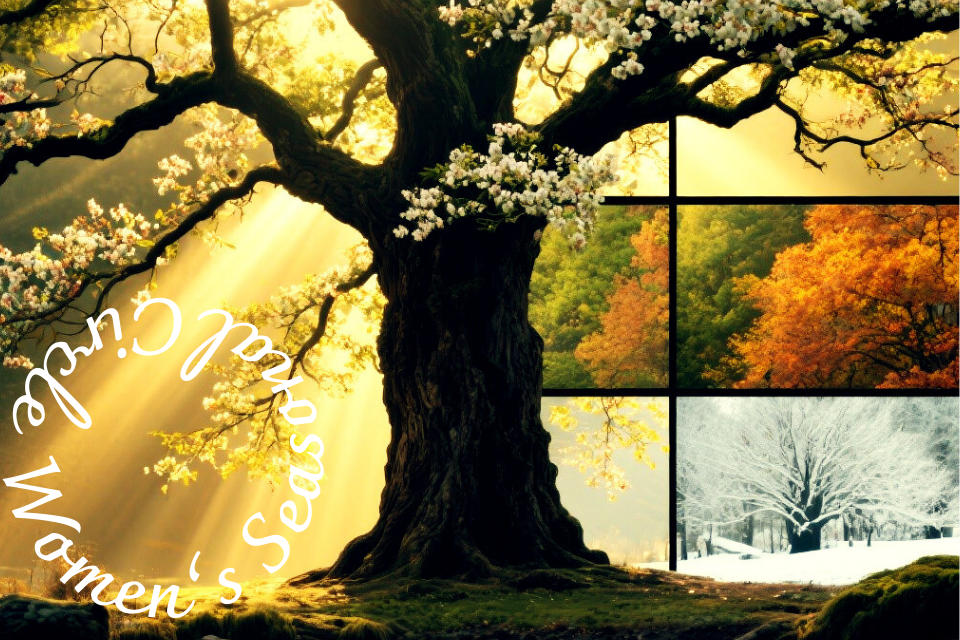Autumn in Women's circle, The Season of Grounding and Gathering
Autumn Matters in the Seasonal Circle
Autumn is the great turning point in the year, the moment when the abundance of summer begins to settle into storage and rest. It is a season of harvest — of fruits, grains, and also of our own inner efforts. What we have planted in spring and expanded in summer now asks to be gathered, stored, and honored. The air sharpens, the days shorten, and nature quietly whispers that it is time to prepare.
For women, autumn can feel like a call to gather energy inward, to become more reflective, and to embrace balance. It teaches us the necessity of letting go — the trees release their leaves, the fields give their last fruits, and we too are invited to release what is no longer needed. Autumn is not an end, it is the passage from summer to autumn period and a wise pause, a preparation for the deeper rest of winter.
A season of harvest and preparation.
Symbol of letting go and turning inward.
Builds resilience for the winter ahead.
Autumn arrives as a season of quiet comfort, carrying us gently from the heat of summer into the cool embrace of winter. It is a time when the natural world shifts gears: plants slow their growth, animals begin to retreat, and the fields soften into rest. We, too, are invited into this slower rhythm, where calmness and reflection take the place of summer’s intensity.
The trees show us the way. Their leaves, once vibrant and full, return to the soil, leaving behind bare trunks and open spaces. Suddenly, what was hidden by summer’s abundance becomes visible again — the shapes of branches, the distance between trees, even the broader horizon. In this quiet, we often find old memories resurfacing, details we had overlooked coming back into focus. Autumn teaches us that when space opens, clarity follows.
It is also the beginning of a new cycle — a time to recharge, reorganize, and look inward. Even Confucius, in naming his chronicle Spring and Autumn, suggested that these seasons symbolize balance: neither too hot nor too cold, neither overflowing with praise nor heavy with reproach. Autumn offers us this same gift: a perspective that is calm, fair, and steady, where we can see life as it truly is.
Chinese Medicine Insights
In Chinese medicine, autumn corresponds to the Metal element, linked to the lungs and large intestine. The lungs draw in fresh air, while the large intestine releases what is no longer useful — both literal and symbolic processes of exchange. This is why autumn is considered the season of grief and letting go. When the body is balanced, the lungs fill us with clarity and inspiration; when weakened, we may feel sadness or resistance to change.
Practitioners recommend moistening foods, gentle breathing exercises, and even moxibustion to strengthen the lung meridian. Dryness is the greatest challenge of this season — in the air and in the body. By protecting against dryness, we safeguard our immune system and ease the emotional letting-go that autumn calls for.
Autumn = Metal element; lungs and large intestine.
Key challenge: dryness (skin, lungs, digestion).
Practices: breathing, warming foods, gentle moxa.
Ancient Greek Perspectives
The Greeks saw autumn as the balance between the heat of summer and the cold of winter. It was a transitional season that demanded moderation — neither excess activity nor complete withdrawal. Hippocrates taught that dry winds in autumn could provoke imbalance in the humors, particularly causing dryness in the body. He advised foods that brought moisture and warmth, as well as protection from sudden chills.
In Greek agricultural life, autumn was sacred: the grape harvest for wine, the olive harvest for oil, and the final gathering of figs and pomegranates. These foods were not only nourishment but also symbols of abundance and continuity. To live well in autumn was to live with gratitude for nature’s generosity and foresight for the months ahead.
Hippocrates emphasized moist foods to balance dryness.
Autumn rituals honored harvest and gratitude.
Grapes, olives, figs, and pomegranates held sacred meaning.
Contemporary Medical Studies
Modern science confirms that autumn has direct effects on health. The drop in temperature and humidity influences the respiratory system, making us more vulnerable to colds and flu. Vitamin D levels begin to fall as sunlight wanes, affecting immunity and mood. Psychologists note that autumn often brings an increase in reflective moods and, in some people, mild depression linked to reduced daylight (seasonal affective disorder).
Yet autumn is also a time when structure and routine return after summer’s freedom, which can support mental stability. Studies suggest that practicing regular sleep cycles, maintaining physical activity, and eating seasonal produce can significantly reduce seasonal stress and illness.
Lower immunity due to temperature shifts.
Vitamin D decline and mood changes.
Routine and seasonal eating help stability.
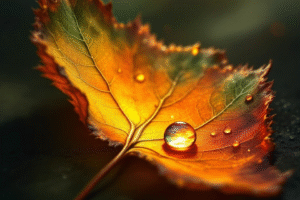

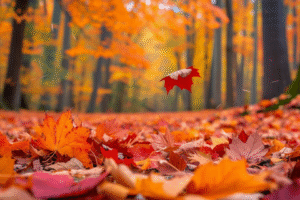
What To Do During Autumn
Autumn is the season of rhythm, of organizing life with steadiness. It is the time to cultivate routines that support health — early to bed, steady meals, and gentle exercise. Autumn does not ask us to push forward, but to stabilize and conserve.
Practice breathing exercises daily to strengthen lungs.
Begin gentle indoor routines: yoga, tai chi, or qigong.
Use moxa to warm meridians and guard against cold.
Create grounding rituals like tea ceremonies or journaling.
Food According to TCM, Ayurveda & Mediterranean Cuisine
In Chinese medicine, autumn foods are moistening and warming — pears, sesame, honey, daikon radish, and pumpkin. Ayurveda suggests balancing dryness with oils, soups, and warm spiced milk, favoring vata-pacifying meals with ghee, ginger, and root vegetables. In the Mediterranean tradition, autumn meals are rich and nourishing: olive oil, lentil stews, roasted squash, figs, pomegranates, and new-pressed wine.
All traditions agree: autumn foods protect against dryness, warm the body, and connect us with the harvest. To eat with the season is to anchor ourselves in nature’s wisdom.
TCM: pears, sesame seeds, pumpkin, honey.
Ayurveda: warm soups, ghee, spiced milk.
Mediterranean: lentils, olive oil, figs, pomegranates.
Traditional Storage Practices
Autumn has always been the season of storing and preserving. In the Mediterranean, olives were brined, grapes pressed into wine, and figs dried in the sun. In China, autumn was the time to prepare pickled vegetables for the cold months ahead. In Eastern Europe, root cellars filled with potatoes, onions, and beets ensured survival through winter. These practices were acts of foresight and community — they turned abundance into security.
Such traditions remind us that living well is not only about what we consume now but how we prepare for what lies ahead. Preserving food is also preserving wisdom.
Mediterranean: olives, wine, dried figs.
China: pickled and preserved vegetables.
Europe: root cellars for long storage.
Vitamins, Spirulina & Fruits
To strengthen immunity, autumn calls for vitamins C and D, as well as zinc and magnesium. Spirulina offers essential proteins and minerals, supporting energy as days shorten. Fruits vary across the world: apples, pears, and pomegranates in Europe; persimmons and chestnuts in Asia; guava and mango in South America. By eating local, seasonal fruits, we receive exactly what our bodies need in that environment.
Vitamins C, D, zinc, magnesium.
Spirulina for resilience.
Fruits: apples, pears, pomegranates, persimmons, guava.
Mindful Practices & Self-Discovery
Autumn teaches letting go. Just as the trees shed their leaves, we are asked to release what no longer nourishes us. Journaling and meditation can turn this natural movement into personal growth. Reflect on what habits, thoughts, or attachments you can release. Allow the season to be a mirror for your own transformation.
Self-discovery in autumn is about gratitude — for what we have harvested in life, for the abundance already present, and for the wisdom that comes from accepting change.
Journal question: What can I release now to feel lighter and freer?
Practice gratitude lists daily.
Spend time in nature observing the cycles of letting go.
Closing Reflection
Autumn is the season of balance, gathering, and gratitude. By embracing its wisdom through food, rituals, and mindful practices, we move with the rhythm of nature instead of against it. Each falling leaf is an invitation to trust the cycle — to let go of the old and prepare for the renewal to come.
References
Panagiota Sophia Vlahou
Certified Beekeeper | Specializing in Traditional Beekeeping & Natural Wellness Methods
Trained in Traditional Acupuncture – Academy of Traditional & Chinese Medicine
Member of the Beekeepers’ Association of Attica-Greece
Disclaimer: This article is for educational and informational purposes only. It is not intended to diagnose, treat, cure, or prevent any disease, and it does not substitute professional medical advice. Always consult a qualified healthcare professional before making any changes to your diet, lifestyle, or health practices.

